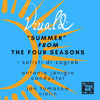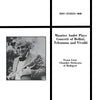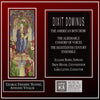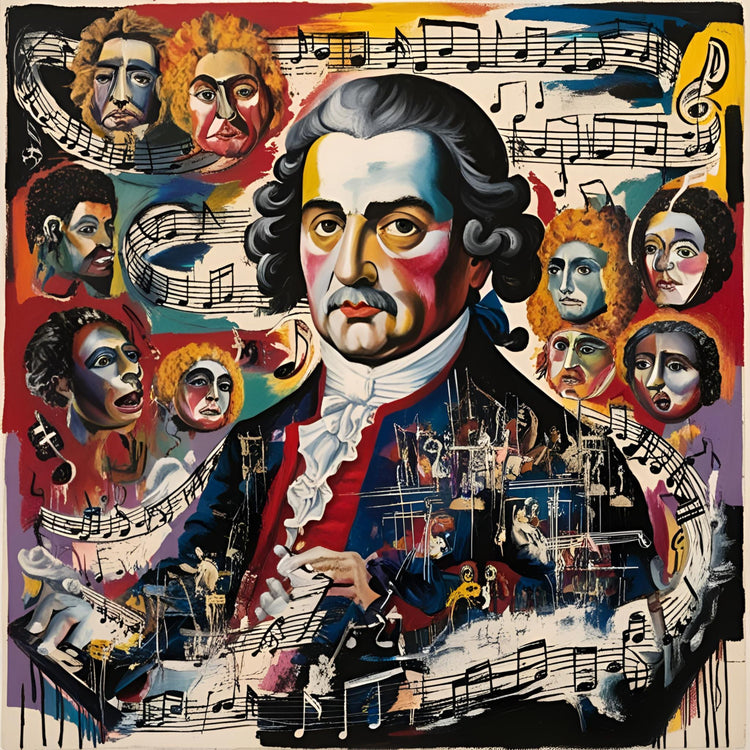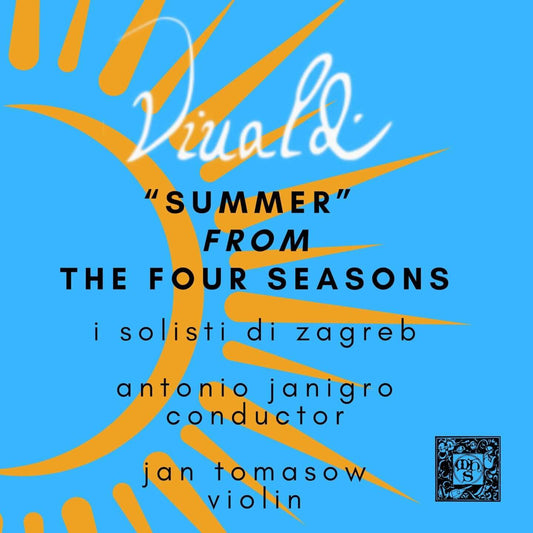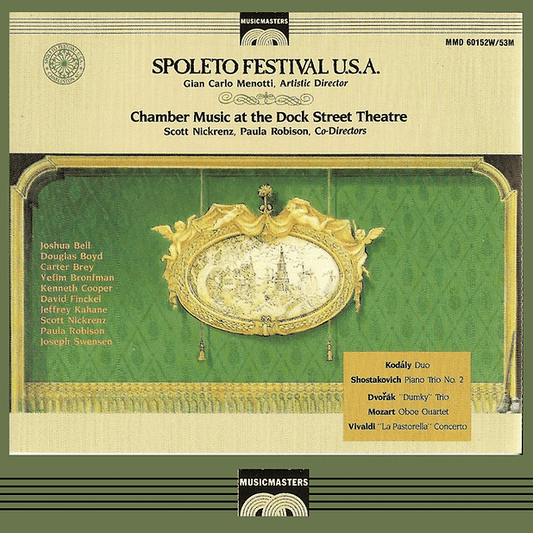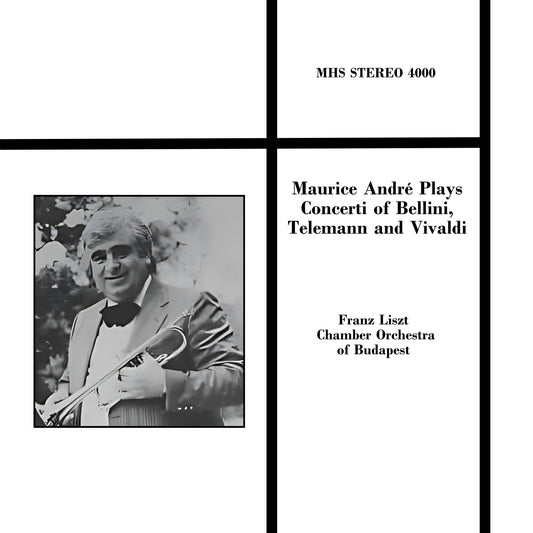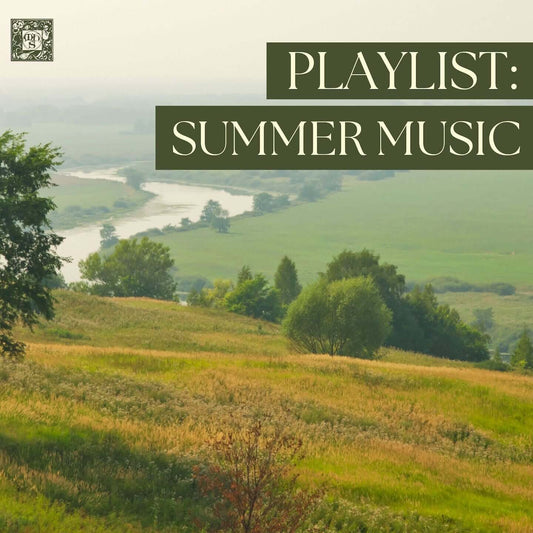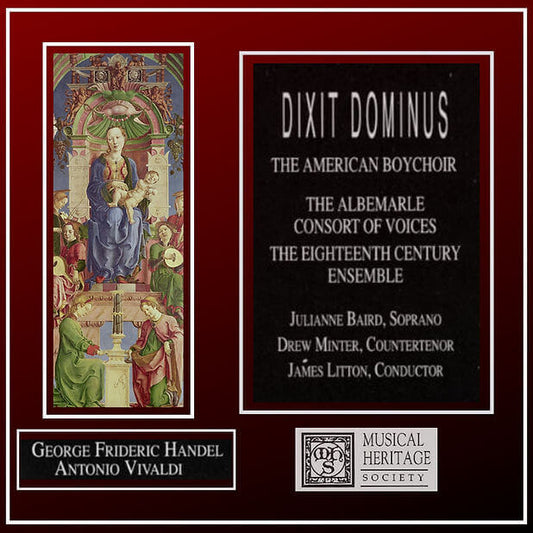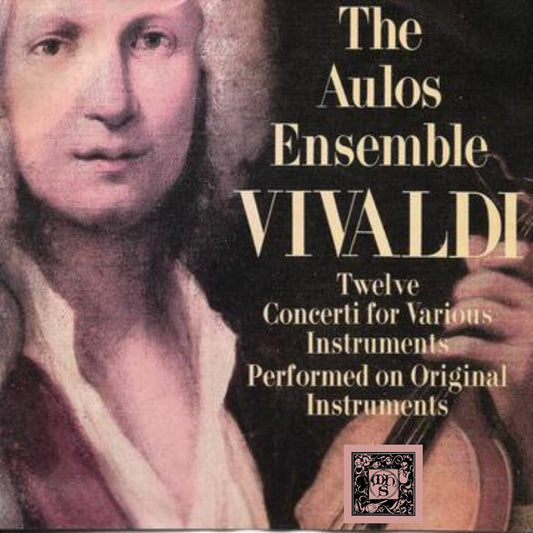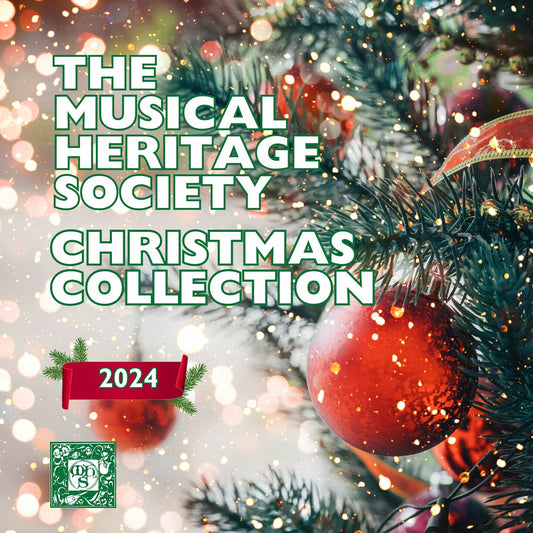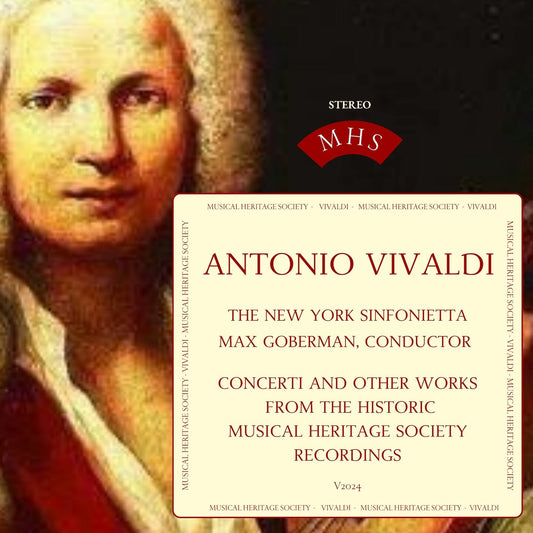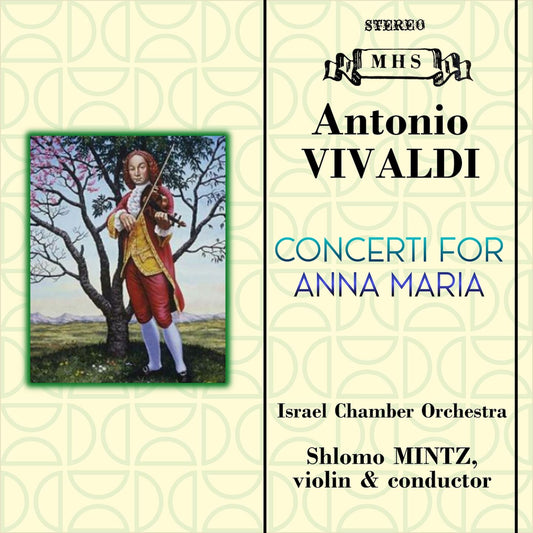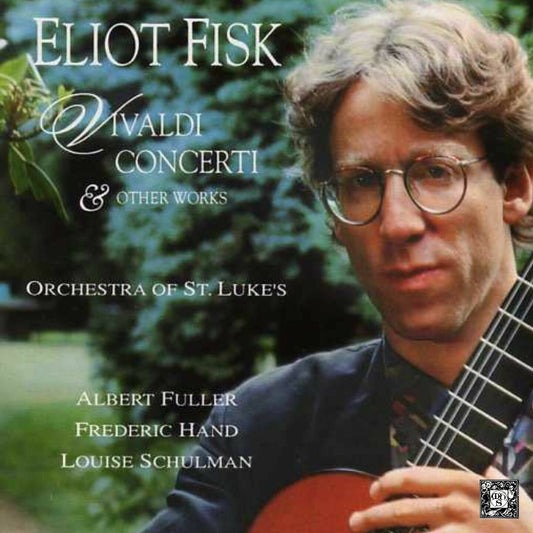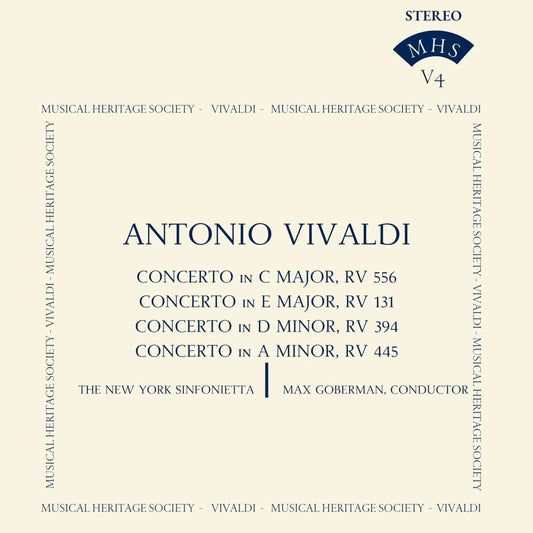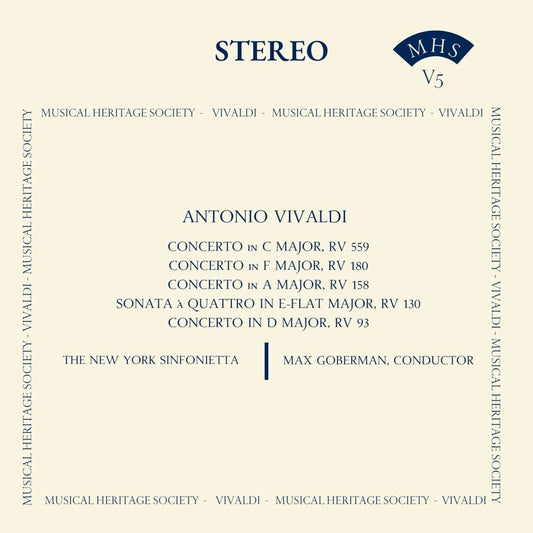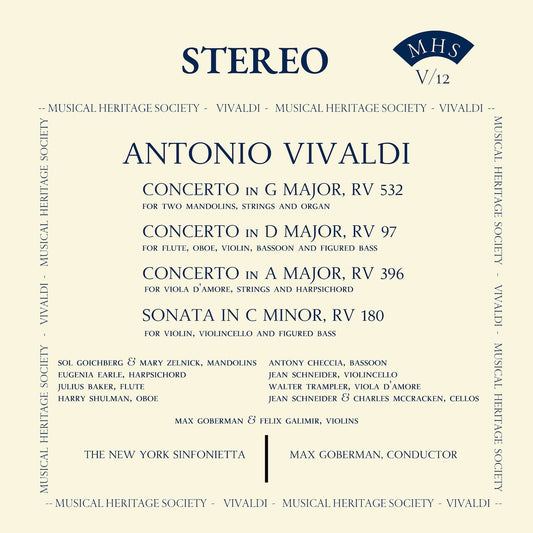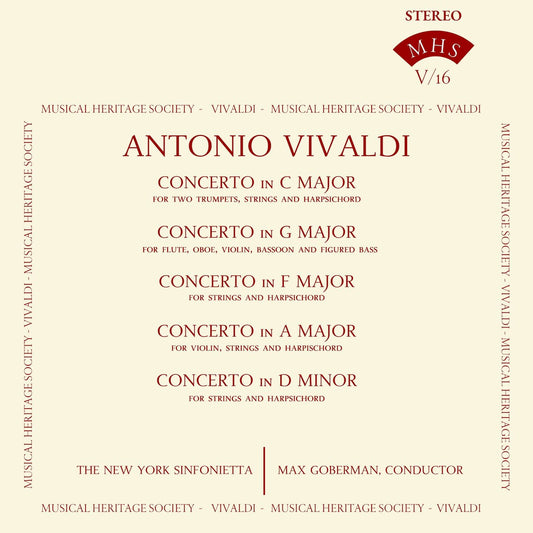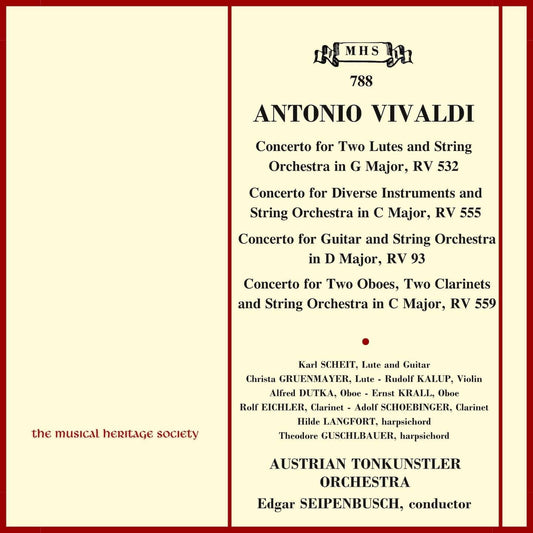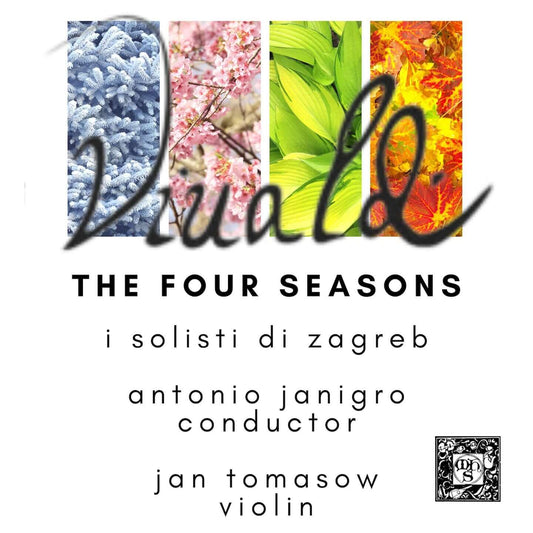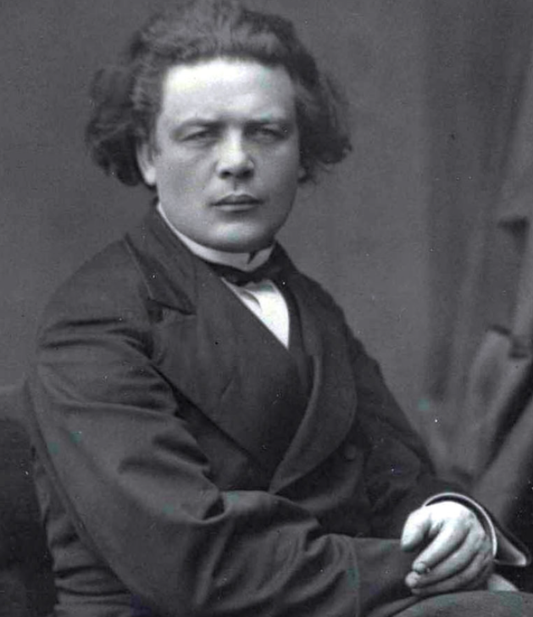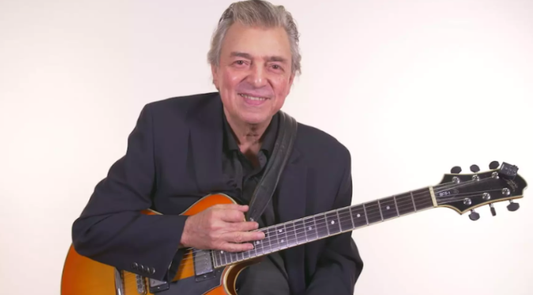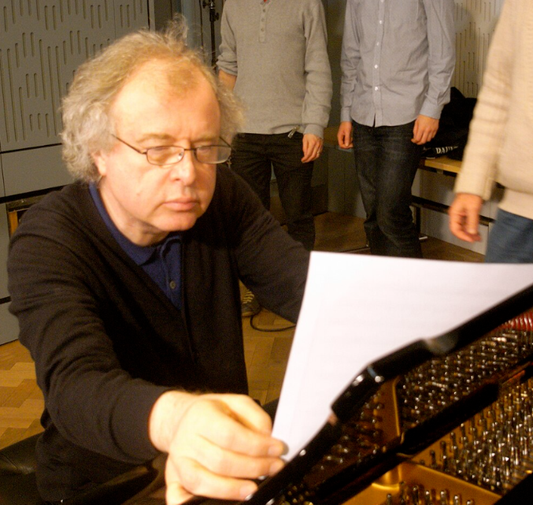Collection: ANTONIO VIVALDI (1678–1741)
Antonio Vivaldi (1678–1741) was an Italian composer, virtuoso violinist, and Roman Catholic priest, celebrated as one of the greatest Baroque composers. His innovative contributions to music, particularly in the concerto form, left an enduring legacy that continues to captivate audiences worldwide.
Born on March 4, 1678, in Venice, Italy, Antonio Lucio Vivaldi was the eldest of six children. His father, Giovanni Battista Vivaldi, was a professional violinist who played at St. Mark's Basilica and likely served as Antonio's first music teacher. Vivaldi's distinctive red hair earned him the nickname "Il Prete Rosso" (The Red Priest). Despite his early musical promise, Vivaldi initially pursued a religious vocation and was ordained as a priest in 1703. However, due to chronic health issues, believed to be asthma, he was excused from performing Mass regularly.
In the same year as his ordination, Vivaldi was appointed as the violin master at the Ospedale della Pietà, a Venetian orphanage for girls renowned for its exceptional music program. Over the next three decades, Vivaldi composed numerous works for the institution's talented all-female orchestra, including concertos, sacred choral pieces, and operas. His association with the Pietà was pivotal in shaping his career and provided a platform for his musical experimentation.
Vivaldi's most famous work, The Four Seasons (1725), is a set of four violin concertos that vividly depict the changing seasons through music. This masterpiece exemplifies his pioneering use of programmatic elements, where music narrates a story or paints a scene. The Four Seasons remains one of the most popular and frequently performed works in the classical repertoire.
Throughout his career, Vivaldi composed over 500 concertos, showcasing his mastery of the form. He expanded the possibilities of the concerto by emphasizing the soloist's role and exploring new techniques and textures. His works often featured the violin but also included concertos for a variety of instruments, such as the flute, oboe, and bassoon. Vivaldi's innovative approach influenced contemporaries and later composers, including Johann Sebastian Bach.
In addition to his instrumental compositions, Vivaldi was a prolific opera composer, writing nearly 50 operas during his lifetime. His operatic works, such as Ottone in Villa (1713) and Farnace (1727), were performed in major cities across Europe, including Venice, Mantua, and Vienna. While his operas were popular during his lifetime, they have since been overshadowed by his instrumental music.
Despite his success, Vivaldi faced financial difficulties later in life. In 1740, he moved to Vienna, hoping to secure patronage from Emperor Charles VI, a fan of his music. Unfortunately, the emperor's death in 1740 left Vivaldi without support, and he died in poverty on July 28, 1741, at the age of 63. He was buried in a simple grave in Vienna, and his music fell into obscurity for nearly two centuries.
The revival of Vivaldi's music began in the early 20th century, thanks to the efforts of scholars and musicians who recognized his genius. Today, his works are celebrated for their vitality, inventiveness, and emotional depth. Vivaldi's influence on the development of Baroque music, particularly the concerto form, is immeasurable, and his compositions continue to inspire and delight audiences around the world.

